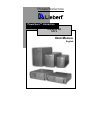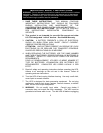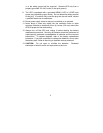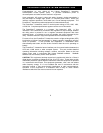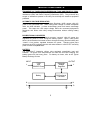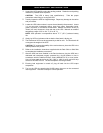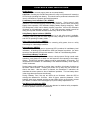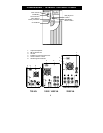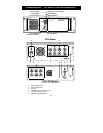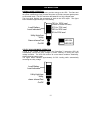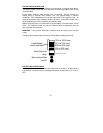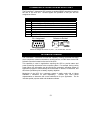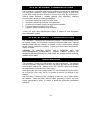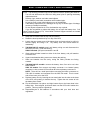
7
RACKMOUNT INSTALLATION
1. Unpack the UPS carefully noting the packing method. Retain box and packing
material for possible future shipment.
CAUTION: The UPS is heavy (see specifications). Take the proper
precautions when lifting or moving the UPS.
2. Visually inspect the UPS for freight damage. Report any damage to the carrier
and your dealer.
3. Locate the UPS indoors where it cannot be accidentally disconnected. Locate
it in an area with unrestricted airflow, away from water, flammable liquids,
gases, corrosives, or conductive contaminants. Maintain a minimum of four (4)
inches (102 mm) clearance in front and rear of the UPS. Maintain an ambient
temperature range of 32° to 104° F (0° to 40° C).
NOTE: UPS operation in temperatures above 77° F (25° C) reduces battery
life.
4. Gently lay UPS on its bottom side so that the front bezel is facing you.
5. The Rackmount UPS must be supported by a shelf or rails. The front bezel will
not support the weight of the UPS.
CAUTION: To increase the stability of the rack enclosure, place the UPS in the
lowest possible rack position.
6. Refer to the Installation instructions supplied with the Rack Slide or Shelf Kits
to complete the installation procedures.
7. After the UPS has been installed in the Rack enclosure, plug the UPS into a
dedicated wall receptacle properly protected by a circuit breaker or fuse in
accordance with the National Electric Code (ANSI/NFPA 70) or local codes.
Use a 15 amp rated device for the 700, 1000, or 1400 VA units, and a 30 amp
device for the 2200 VA unit. The wall receptacle must be grounded.
8. Ensuring load equipment is turned off, plug all loads into the UPS output
receptacles.
9. Turn on the UPS, by pressing the On/Off button, then turn on the connected
load equipment. The UPS is ready for normal operation.



